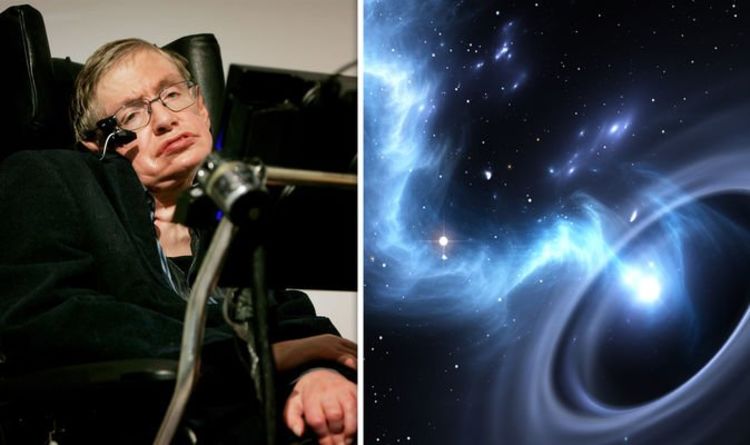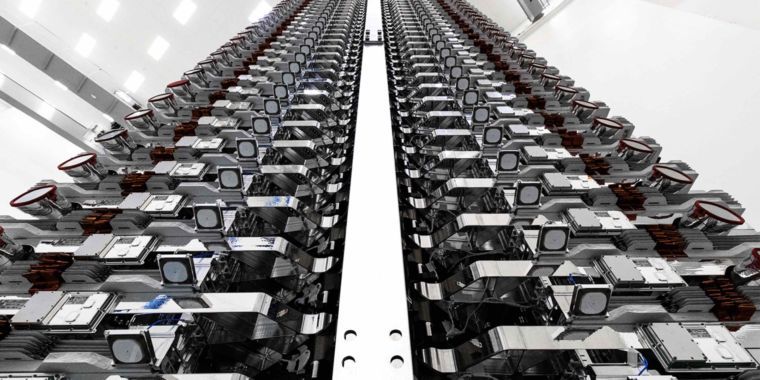Breast cancer is the second most common cancer diagnosed in women in the United States, right behind skin cancer. But how far have we come in understanding this disease?
» Subscribe to Seeker! http://bit.ly/subscribeseeker
» Watch more SICK | http://bit.ly/SICKplaylist
While breast cancer largely affects women, it can also occur in men. Fortunately, thanks to awareness, early detection, and research, survival rates have increased. But, there’s still a lot to learn, so Seeker sat down with Professor Donald McDonnell from the Duke School of Medicine to find out more.
So what exactly is breast cancer?
Breast cancer affects the cells in the tissue of the breast. It starts when these cells develop abnormally and begin to divide and accumulate rapidly, eventually forming a lump or mass.
Under the breast cancer umbrella, there are three major types: estrogen receptor-positive breast cancer, HER2-positive breast cancer, and triple-negative breast cancers. They’re all different, they progress differently, and the treatments for them vary.
While knowing the breakdown of the most common types of breast cancer is a start, there are also factors that can put someone at a greater risk of contracting this disease.



